Unity Systems All-Flash File and Block Storage From EMC
All-flash configurations start at under $18,000, hybrid arrays under $10,000, 2U, up to 80TB.
This is a Press Release edited by StorageNewsletter.com on May 9, 2016 at 2:49 pmEMC Corporation announced Unity, a family of storage systems that helps simplify and modernize the data center.
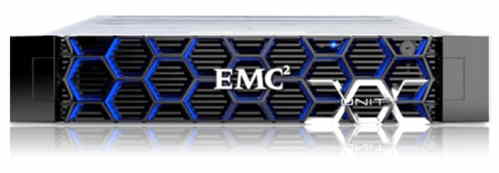 Unity is the latest member of company’s all flash portfolio delivering highly affordable file and block storage for small and medium-sized IT departments. Unity joins firm’s portfolio of all-flash storage arrays – XtremIO, VMAX All Flash and DSSD D5 – to ensure that, no matter what a customer needs, the company has a purpose-built solution to fit virtually any data center use case
Unity is the latest member of company’s all flash portfolio delivering highly affordable file and block storage for small and medium-sized IT departments. Unity joins firm’s portfolio of all-flash storage arrays – XtremIO, VMAX All Flash and DSSD D5 – to ensure that, no matter what a customer needs, the company has a purpose-built solution to fit virtually any data center use case
Click to enlarge.

Simple By Design
Unity offers cloud-like proactive management and monitoring through a modern HTML5 task-oriented interface that leads the user through daily operations and integrates with VMware, Inc. and Microsoft Corp. ecosystems for easy third-party management. It features new Proactive Assist capabilities designed to give IT control, visibility and automated management of Unity storage systems. Unity service data can also be viewed within company’s MyService360, a online service providing customers with real-time visibility into the health and wellness of their company’s environment. MyService360 provides IT with analysis of firm’s product code levels, connectivity status, capacity alerts, service activity by site, and more.
Modern
With 3X the performance of company’s previous generation VNX arrays, Unity can deliver up to 300,000 IO/s. It is purpose-built to deliver value to customers with predictable all-flash performance and enterprise features including:
-
True dual-active controller architecture
-
Support for file, block and Vols
-
Snapshots and remote sync/async replication
-
Native, controller-based encryption
-
Scalable file-system for transactional and traditional file use cases
-
VMware VASA , VAAI, VVols, VMware-Aware Integration
-
Complete REST-API for automation and DevOps use cases
-
Integrated Copy Data Management with iCDM
-
Zero-impact garbage collection
Flexible
Since every business has its own unique storage challenges, Unity has been designed to offer greater flexibility and deployment options than competing storage offerings. With the ability to scale up to 3PB and up to 300,000 IO/s, Unity is an storage solution for midsized IT to be available in all of the ollowing unified configurations:
-
Purpose-built: Unity is available as a purpose-built all-flash array, designed from the ground up for the flash data center. Additionally, Unity can be deployed in a hybrid configuration to meet individual business requirements
-
Software-defined: Unity VSA offers the file and block storage and data management features of Unity to be easily deployed as a virtual appliance
-
Converged: VCE Vblock and VxBlock System 350 configurations are orderable immediately
Affordable
Designed for all flash, Unity provides some of the best flash economics in the industry, starting under $18,000. Additional inline data services will be added in the future to further lower effective $/GB cost. Unity also introduces a new level of affordability for customers deploying hybrid arrays, with prices starting under $10,000. Unity provides incredible unified storage density, with up to 80TB of all-flash storage in a 2U array.
Protected
The company believes that data protection should be an integral part of the design and deployment of every storage environment. Unity offers tight integration with firm’s Data Domain and Data Protection Suite to ensure that workloads are protected.
All-flash Unity options also qualify for firm’s Xpect More program, offering lifetime maintenance price protection, flash endurance protection and three-year money-back warranty.
Unity is available for purchase. All-flash configurations start at under $18,000. Hybrid array configurations start at under $10,000.
Sean Wedige, CTO, global enterprise solutions, Rackspace U.S., Inc. , said: “At Rackspace, we deploy a lot of storage arrays – we have to in order to support our customers’ growing needs for storage. And it’s business critical for us to do that quickly, simply and without downtime. Unity’s simple user interface and inflight patching means we can count on the fingers of one hand the number of clicks needed for provisioning, and can help ensure we never have to come offline to add more capacity. Unity provides us with a new level of flexibility and affordability; benefits that we’re then able to pass on to our customers.“
Mark Peters, practice director and senior analyst, ESG, said: “Businesses with midsized IT needs don’t want a stripped-down or supposedly-simplified enterprise storage array – instead, such businesses need a solution that is built from the ground up with their needs in mind. With Unity, EMC is combining its decade of flash expertise with its trusted midsized storage market knowledge and leadership in order to deliver an all-flash solution that that has all of the features expected in the enterprise, but packaged affordably to meet midsized IT needs.“
Jack Rondoni, VP, storage networking, Brocade Communications Systems, Inc. , said: “Legacy networks were not designed to achieve the maximum potential of flash. Brocade has created innovative networking solutions that can be combined with EMC storage arrays to deliver simple management, incredible performance and flexible deployment options. When leveraged together, EMC Unity and Brocade FC and IP storage networking helps modernize the data center with the power and simplicity of flash.“
Vinu Thomas, CTO, Presidio Networked Solutions, Inc., said: “As our customers tackle big data apps, data lakes, data centers and hybrid cloud, it’s crucial to have multiprotocol storage systems that can deal with all types of data efficiently. That’s what EMC Unity delivers on. It also provides more density and performance at an affordable price, along with the simplicity and reliability IT professionals need as they modernize their data centers.“
Jeff Boudreau, SVP and GM, mid-range solutions, core technologies division, EMC, said: “EMC Unity offers modern data center simplicity and all-flash performance in an affordable package. Designed specifically to get the most out of all-flash media, EMC is making it simpler and more affordable for both SMEs and enterprises to modernize their data centers. With the launch of Unity, 2016 is truly the year of all-flash for EMC.“
Comments
Here is a quote and blog from competitor Tintri, Inc. on this announcement of EMC Unity:
"EMC's introduction of Unity contains a lot of bluster. The reality is there's very little that's new. It's the same old LUN-based architecture with a shiny, new UI. It's more lipstick on the VNX pig. Organizations need storage specifically built for their virtualized applications, with VM level replication, multi-hypervisor support, QoS and automation," said Kieran Harty, CTO, Tintri.
EMC Unity Like Putting Lipstick on the VNX Pig
EMC Corp. announced Unity, their new storage platform. But Unity isn't bringing anything new to the market; it's proof that legacy storage providers are being lapped by emerging providers' technologies. For a stark contrast, register for Tintri's product launch webinar on May 19th and a first look at a modern approach to scale-out.
For now, let's break down what EMC is delivering with Unity. It's being pitched as:
1/ Simple. Every provider claims simplicity-what's the qualification here? EMC has been talking about their VVOL support as a reason to believe. In fact, we've heard through the grapevine that EMC sales reps have been describing Unity as being 'as simple as Tintri-it can do all the same things.'
Native VVOL support is not the same thing as VM-aware storage. Not even close. Unity is still built on a foundation of LUNs-a poor fit for virtualized applications. Yes, you should be able to select pre-configured storage policies for your VMs, but only VM-aware storage allows every storage action at the VM-level. With Tintri you can replicate individual VMs, set QoS thresholds for VMs and even see root cause of VM latency across host, network and storage. You can't do any of those things with Unity. And with Tintri, you can do all this and more across vSphere, Hyper-V, RHEV, XenServer AND OpenStack.
Ask your EMC sales rep - how do I use Unity to take VM-level action on my Hyper-V, RHEV, XenServer or OpenStack VMs?
Heck, one of our customers spins up 20,000 VMs every month across 74 datastores and 8 data centers. He's a Windows Admin, and he does it in four hours a week. Can you imagine the time and effort it would take to manage that kind of footprint with EMC?
Pull quote: Slapping a shiny UI on the same old LUN-based architecture is like putting lipstick on a pig.
2/ Modern. EMC is talking a lot about this platform being 'designed with flash in mind'. Isn't every storage worth your time designed with flash in mind these days?
Here's the thing though-are you buying flash, or are you seeking a way to guarantee the performance of your virtualized applications. It's the latter that matters. And while EMC and other all-flash players tout IO/s like a rare commodity, only Tintri can guarantee performance for your virtualized apps.
Unity and other all-flash forces the IO requests of your apps through a single lane. No matter the speed of that lane, you're going to have conflict sooner or later. Conversely, Tintri assigns every VM its own lane, so there is zero performance conflict. Then we let you assign exact QoS thresholds for any VM, so you can guarantee minimum or maximum performance.
Ask your EMC sales rep - what steps do I have to take with Unity to guarantee the performance of an individual VM?
Pull quote: The bottom-line is that other storage-including Unity-is designed with flash in mind. Tintri is designed with your virtualized applications in mind.
3/ Flexible. Unity can consolidate mixed workloads onto storage that scales to 3 PBs. Would you put your virtual desktops next to your mission critical databases on a single EMC device? Tintri customers do that with regularity, because we keep those separate workloads isolated. No noisy neighbors.
What does flexibility look like in a highly virtualized data center? It's the ability to run multiple, concurrent hypervisors on a single Tintri platform. A common OS and analytics across your entire storage footprint, so you drill into any VM in real-time, and use their behavior to precisely predict your storage future.
Now, what if you could take that flexibility and scale it past three PB, all the way to ten PB? Manage the whole thing as a federated pool-up to 160,000 VMs from a single pane of glass, and with a single employee?
Ask your EMC sales rep - how do I manage this alongside other EMC products? And how do I see analytics from across my entire footprint?
For more information, read a blog from Tintri.








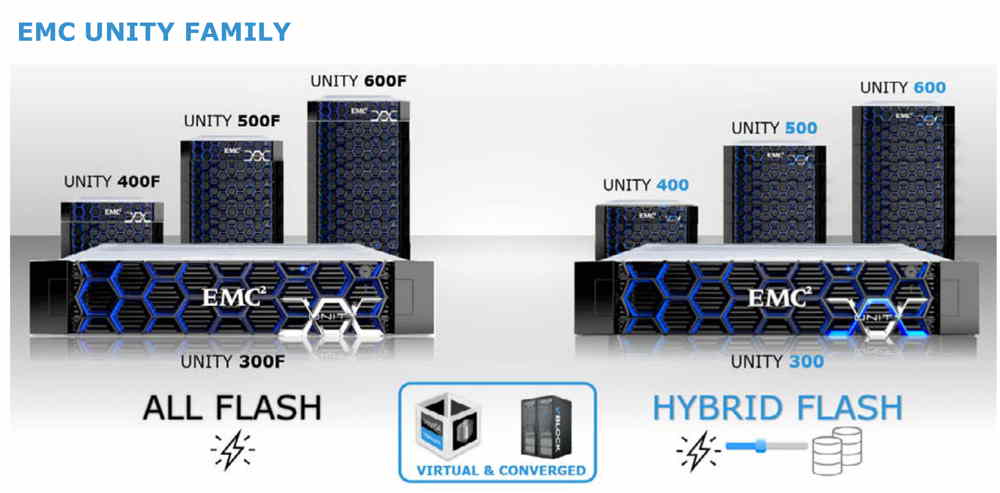
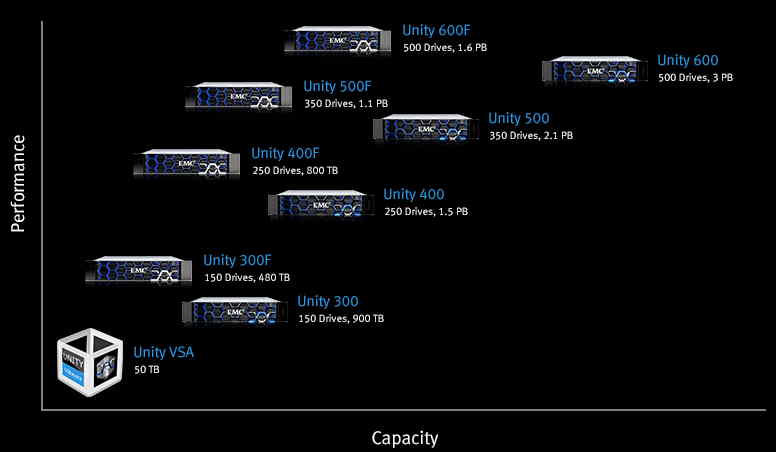
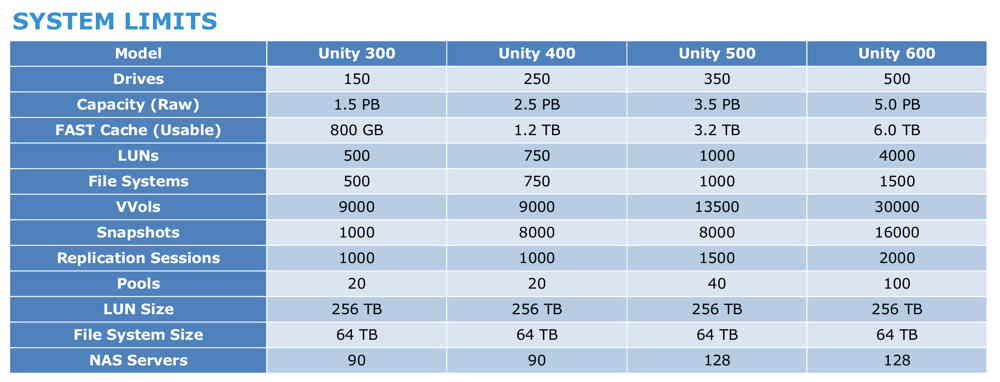
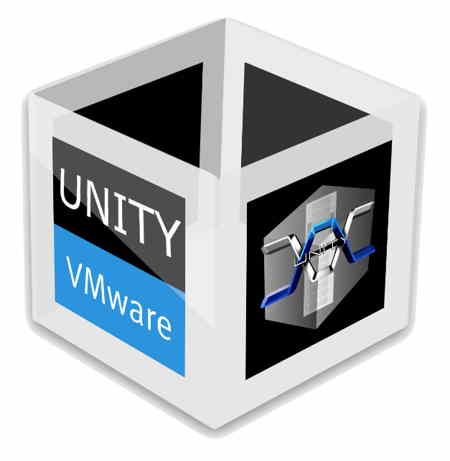
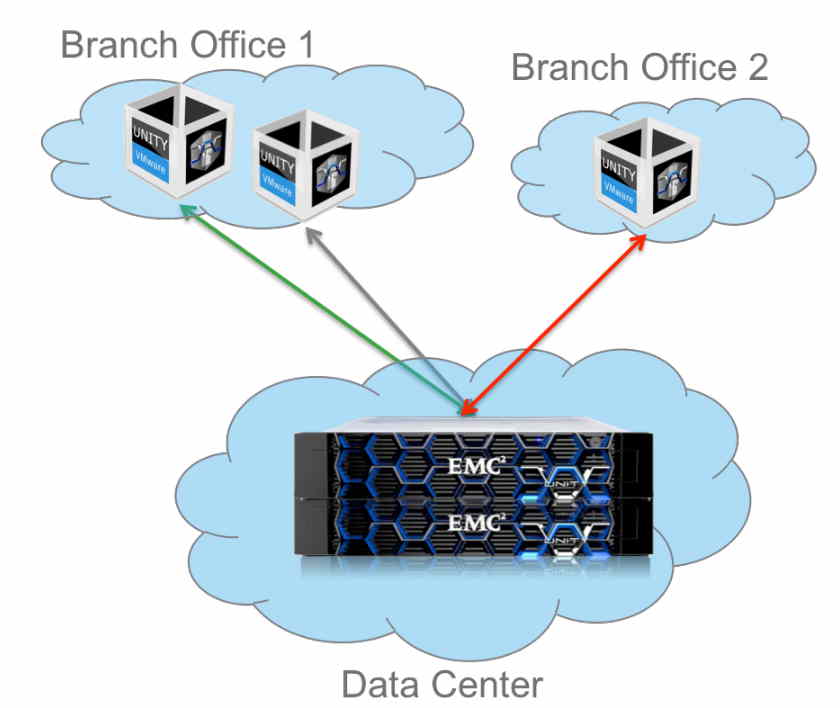





 Subscribe to our free daily newsletter
Subscribe to our free daily newsletter

